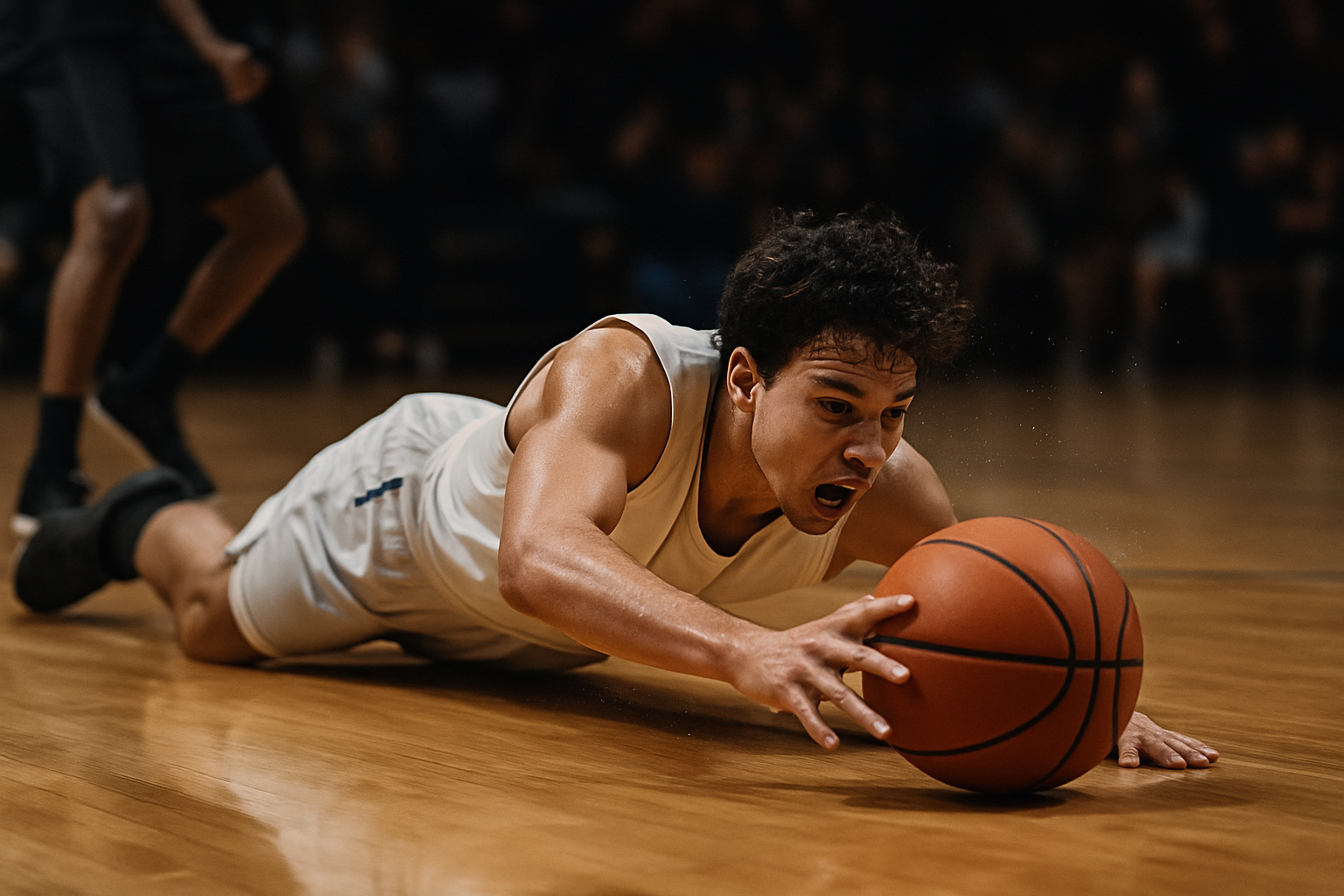Every parent has heard a coach yell it out in the gym. Every athlete has had it shouted at them during practice.
“Be a dog!”
But what does that really mean? And maybe more importantly can it be learned, or is it something you’re just born with?
What is “Dog Mentality”?
Dog mentality isn’t about trash talk, chest-pounding, or flexing after a bucket.
It’s about:
- Relentless competitiveness
- Refusing to fold under pressure
- Diving on the floor for loose balls
- Playing through contact
- Stepping up when others shrink back
Coaches call it “motor.” Teammates call it “heart.” Parents recognize it as grit.
Bottom line? Dog mentality is that edge that separates the good from the great.
Nature vs. Nurture
Some athletes seem born with that extra gear. From the time they’re young, they’re the ones running the hardest, fighting for every rebound, and treating pickup games like it’s the NBA Finals.
But for most, dog mentality isn’t automatic — it’s built. Just like ball handling, shooting form, or conditioning, toughness is a skill that can be trained.
The truth is, the overlooked players — the ones cut from teams, overlooked by scouts, or glued to the bench — are often the ones who end up learning it the hardest.
How Dog Mentality Gets Built
Here’s where parents and athletes can start to shape it:
1. Environment Shapes Edge
Put a kid in a soft environment, and they’ll play soft. Put them in gyms where nothing is handed to them, where they’re the underdog every time — and you’ll watch them grow teeth.
That’s why playing up against older competition, running with stronger kids, or being the “smallest in the gym” can do more for development than years of comfortable wins.
2. Adversity Becomes Fuel
Every cut. Every benching. Every coach that doubts them. That’s where dog mentality is either born or buried.
Most athletes will face one of these moments. Some hang their head and give up. The ones who choose to respond — who say, “I’ll prove you wrong” — build an edge that stays with them forever.
3. Standards at Home
Dog mentality isn’t just shaped on the court. Parents who demand effort, discipline, and accountability at home create athletes who bring those same traits to their sport.
It’s the parent who says:
- “We don’t quit halfway.”
- “Your word is your word.”
- “Do the hard thing first.”
That consistency translates directly into the game.
4. Repetition of Tough Situations
Clutch moments build confidence. Put an athlete in enough “ball in their hands with the game on the line” situations even in practice and they’ll learn how to respond.
The first time, they might freeze. The second time, they might rush. By the tenth time, they’re cool, calm, and hungry for it.
The Turning Point
Almost every athlete has a moment where they flip the switch.
For one, it might be sitting on the bench and realizing, “I never want to feel this again.” For another, it might be hearing a coach say, “You’ll never play at that level.”
For my own sons, I saw it happen in different ways. One had to grind through being told he wasn’t good enough by multiple programs — but he kept coming back, tougher each time. The other went from role player to all-conference scorer after years of quiet work. Different paths. Same result: dog mentality forged in fire.
The Bottom Line
So, can dog mentality be learned? Absolutely.
It requires consistent pressure, belief, and a refusal to back down when things get hard. It’s not about being born a certain way it’s about what you decide to do when you’re overlooked, doubted, or pushed past your comfort zone.
And here’s the truth: the athletes who learn this usually pass up the so-called “naturally gifted” ones by the time it matters.
Final Takeaway
Dog mentality can be taught. It can be trained. And it can be lived. But it can’t be faked.
If your athlete wants to stand out, they don’t need a ranking, a hype video, or a big name program behind them. They need a mindset that says: “No matter the situation, I will not quit. I will not fold. I will not be outworked.”
That’s what being a dog really means.
